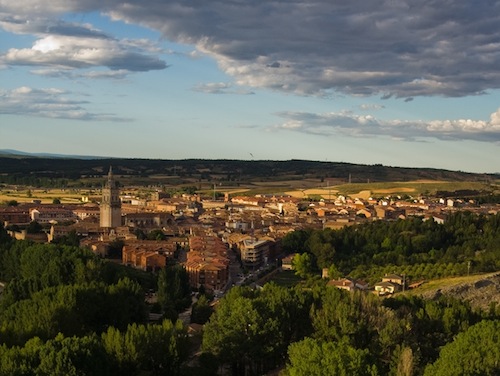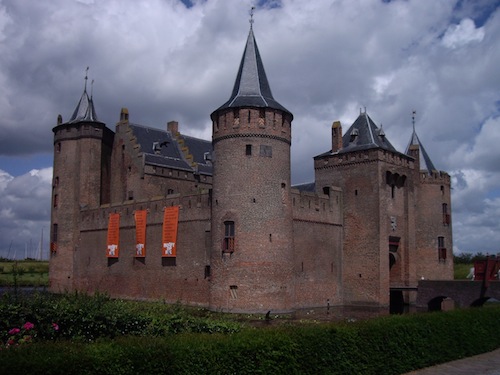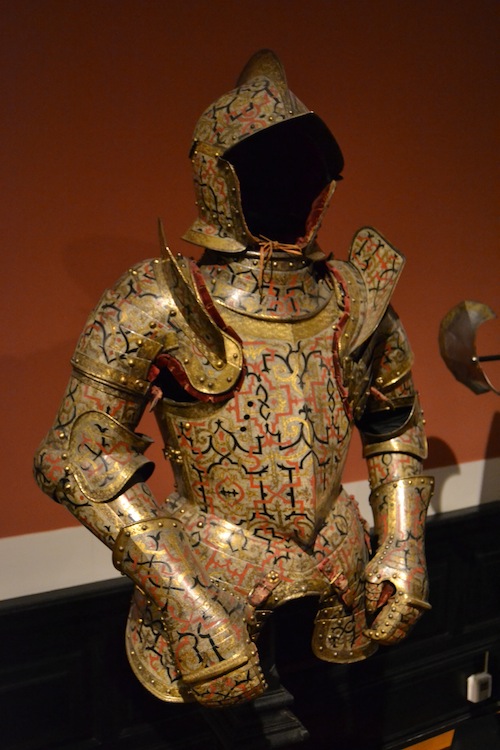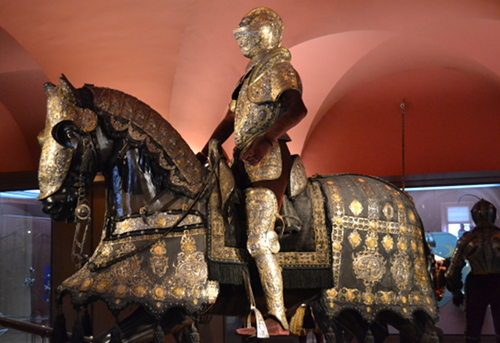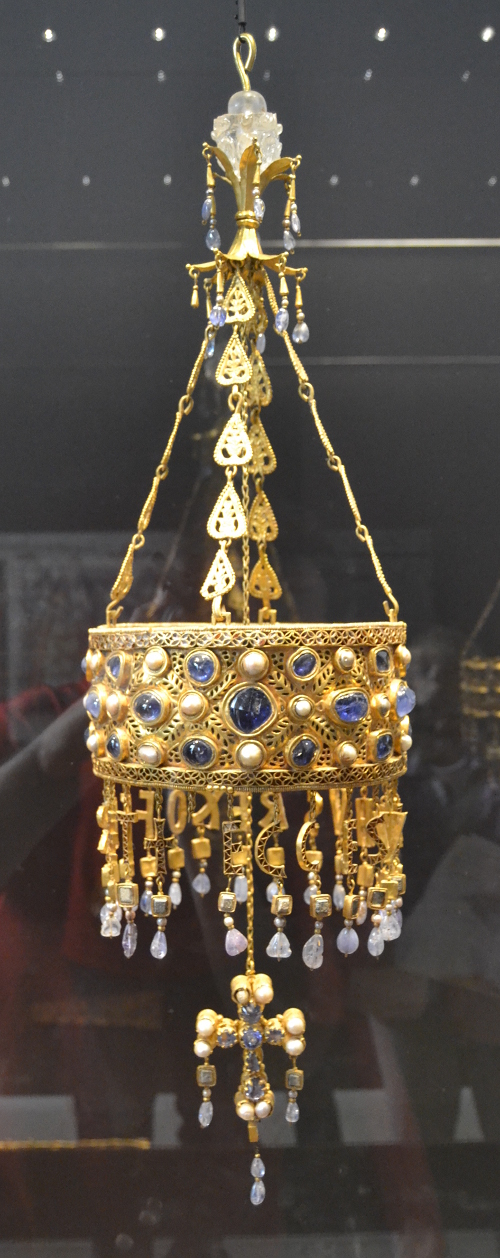Alcalá de Henares: Visiting the Birthplace of Cervantes
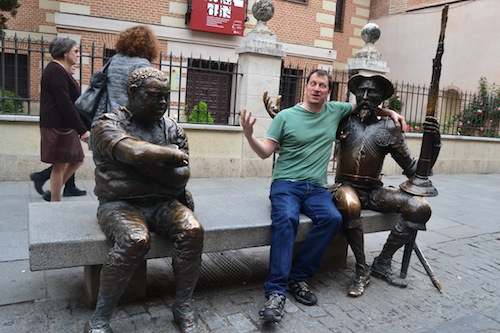
Spring has finally sprung here in Madrid. The sidewalk cafes are full, and those who can’t find a seat have set off to the countryside to go hiking. It’s a good time to leave the museums and galleries behind and take a look at what the surrounding area has to offer.
This past weekend my family and I visited Alcalá de Henares, a small city 40 minutes on the suburban train outside of Madrid. Its main claim to fame is being the birthplace of Cervantes, who has been in the news recently because Spanish archaeologists discovered his tomb.
Like many Spanish cities, it has its roots in prehistory and came to prominence in Roman times, when it was called Complutum. After the fall of the empire it was a Visigothic settlement and was later taken over by the Moors, who built a citadel (“al-qal’a” in Arabic, a common place name in Spain). During the Moorish period it was a thriving town with large Christian and Jewish quarters.
